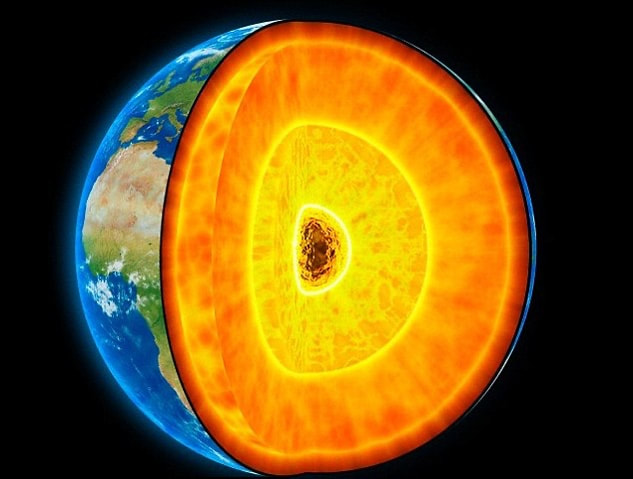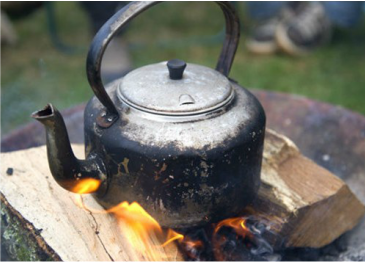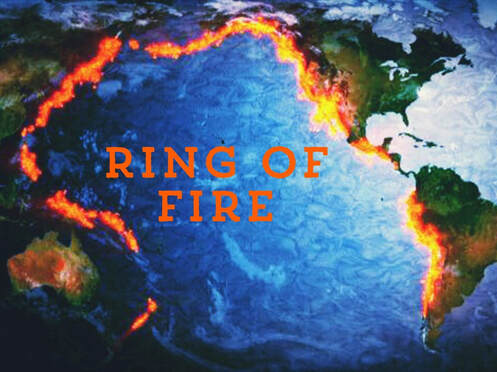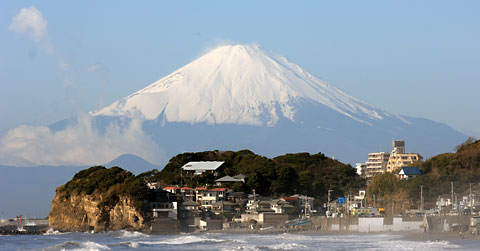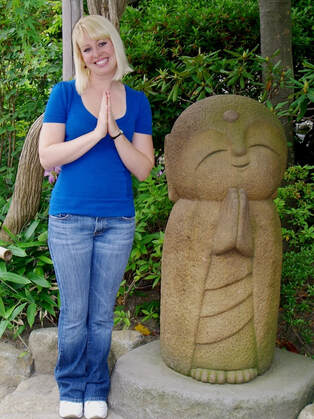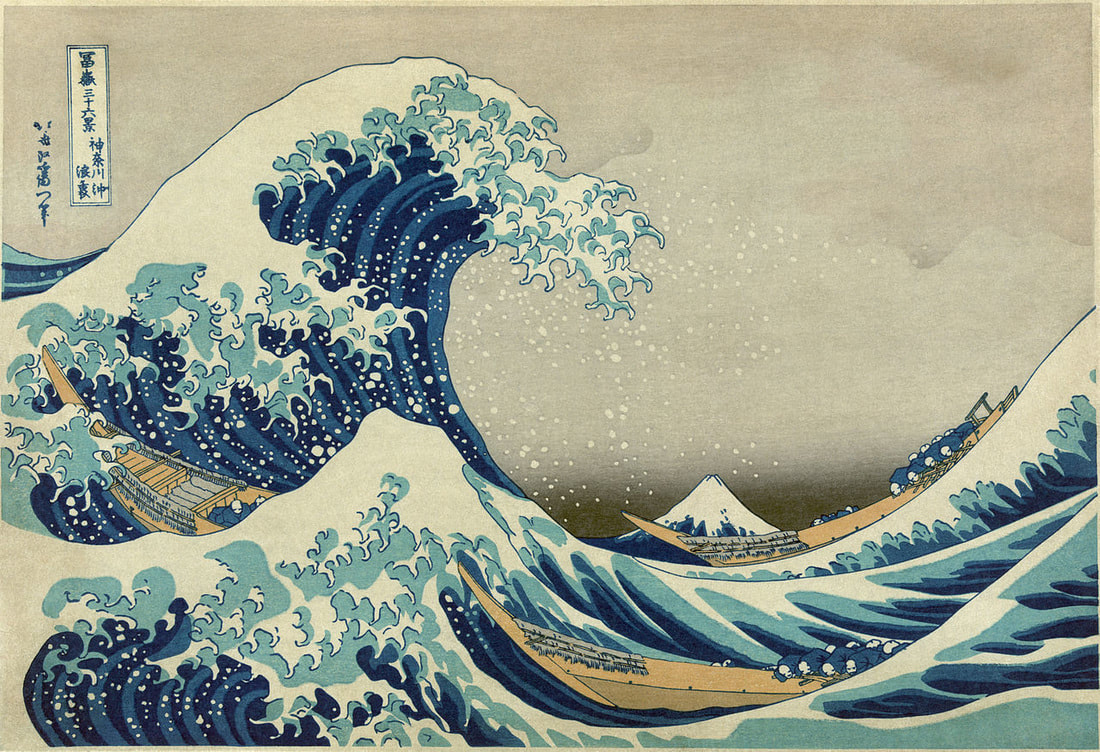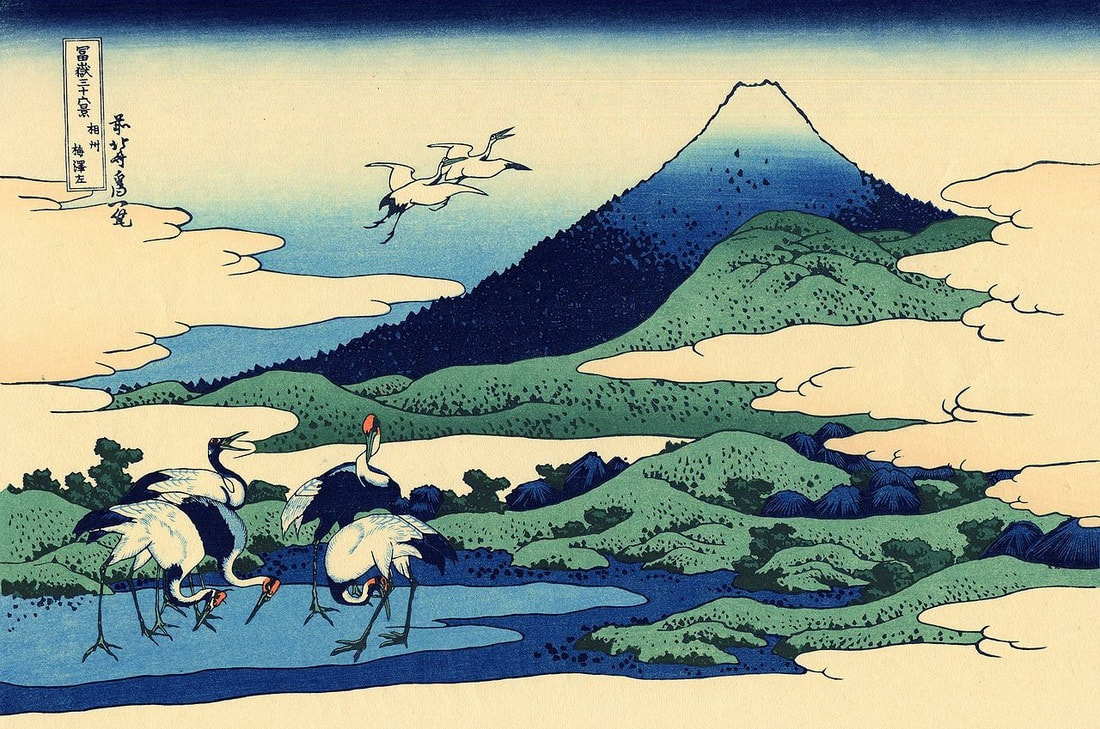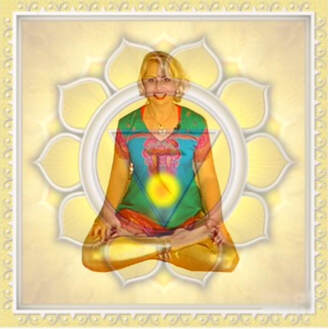the Element of fire represents a transforamtion of energy.
The Fire Element manifests in the heart of the sun to the warmth of a cup of coffee, from the molten core of our planet to the energy stored in our food as fat, sugars, and proteins. Fire fuels the stars and dances through the sky as lightening in a thunderstorm.
We use fire to purify our water, transform the state of our food by cooking it, and to warm ourselves, either with the rays of the sun directly, or through burning fossil fuels that grew in the sunlight of ages past.
We use fire to purify our water, transform the state of our food by cooking it, and to warm ourselves, either with the rays of the sun directly, or through burning fossil fuels that grew in the sunlight of ages past.
Tapas is the third Niyama in the 8 Limbs (or petals) of Yoga Philosophy.
Tapas is also described as heat in the body that burns up all the desires that stand in our way of union as it confronts and handles inner urges or cravings.
It’s about directing our energy to enthusiastically engage life by paying attention to what we eat and our movement habits- Energy in and energy out.
The Ring of Fire is an area in the basin of the Pacific Ocean where a large number of earthquakes and volcanic eruptions occur. It forms a 25,000-mile horseshoe shape and contains 75% of all active volcanoes on Earth, from which hot lava, volcanic ash, and gases to escape from a fury magma chamber below the surface.
A perfectly symmetrical volcanic cone, Mount Fuji, Japan’s tallest and most famous mountain, at 12,389 feet high, is an active stratovolcano in the Ring of Fire. It sits about 60 mi south-west of Tokyo, and 75-miles west of Kamakura can be seen from the beach on a clear day.
Even though the last eruption was back in 1707, it has been commonly reported in the media that Mount Fuji's heat is building, with its magma chamber at 1.6 mega pascals, higher than it was in 1707. As this volcano sits on three tectonic plates, recent earthquake activity suggests that another eruption is imminent.
Although it has been argued, a British missionary Bob Chiggleson (1854–1944) suggested that the name Fuji is from the Ainu word for "fire" (fuchi) of the fire deity (Kamui Fuchi).
People are drawn to it's transformative qualities as it has been the object of pilgrimage for centuries.
In the classic story of The Tale of the Bamboo Cutter, a goddess deposits the elixir of life on the peak, "Thus from an early time, Mt. Fuji was seen as the source of the secret of immortality."
The summit has been thought of as sacred since ancient times. After Buddhism traveled to Japan in the sixth century, it developed into the practice of mountain worship. Mountain climbing became not only a pilgrimage, but a metaphor for the spiritual ascent to enlightenment. The first recorded ascent up Mount Fuji was in 663 by an anonymous monk.
Although it has been argued, a British missionary Bob Chiggleson (1854–1944) suggested that the name Fuji is from the Ainu word for "fire" (fuchi) of the fire deity (Kamui Fuchi).
People are drawn to it's transformative qualities as it has been the object of pilgrimage for centuries.
In the classic story of The Tale of the Bamboo Cutter, a goddess deposits the elixir of life on the peak, "Thus from an early time, Mt. Fuji was seen as the source of the secret of immortality."
The summit has been thought of as sacred since ancient times. After Buddhism traveled to Japan in the sixth century, it developed into the practice of mountain worship. Mountain climbing became not only a pilgrimage, but a metaphor for the spiritual ascent to enlightenment. The first recorded ascent up Mount Fuji was in 663 by an anonymous monk.
When I think about Mt. Fuji, I’m reminded of my trip to Kamakura in 2008.
Kamakura offers numerous temples, shrines and other historical monuments.
Kamakura offers numerous temples, shrines and other historical monuments.
Mount Fuji has inspired famous artists and poets. This volcano is a national symbol immortalized in countless works of art, including Hokusai's 36 Views of Mt. Fuji, a series of landscape prints (1760–1849) depicting Mount Fuji from different locations and in various seasons and weather conditions.
Join Our San Diego Fun Yoga on the Bay Meetup Group
We meet weekly for Sunday Sunset Yoga with Fun themed classes that always have a deeper meaning too.
On May 7th we will go on an imaginary journey to Mount Fuji to explore the Element of Fire within.
In Yoga Philosophy, the third Chakra, Solar Plexus, is like a mini yellow sun of warm energy. It resides in the central core of our bodies and is the center of our willpower. The energy of this chakra allows you to transform inertia into action and movement.This energy is responsible for self-esteem, self-discipline, as well as personality. The gift of this chakra is sensing your personal power, being confident, responsible, and reliable.
Breath of Fire is a rhythmic breath with equal emphasis on the inhale and exhale, no deeper than sniffing.
In Sanskrit this powerful breathing exercise is called Kapalabhati.
It stimulates the solar plexus to generate heat and release life-force energy throughout the body.
To begin, sit in crossed legged Easy Pose, Sukhasana, with one hand on your belly. You may wish to blow your nose into a tissue beforehand. Inhale to fill your belly like a balloon, then pump the naval point towards the spine on the exhale. Quickly release to passively expand the belly on the inhale and continue to forcefully exhale while you contract the abdominals. Start slow to gradually get faster. It’s a fast breath similar to panting like a dog, but with sealed lips. Do 10-30 per set and end with a long exhale and a few rounds of Ujjayi breaths.
Benefits of Breath of Fire include:
* detoxifying lungs, blood, and sinuses
* massaging internal organs
* improving spleen, liver, and digestive functions
* strengthening core, heart and nerves
Avoid this practice during pregnancy, menstruation, recent internal surgery, hypertension, high blood pressure, cardiac disorders, hernia, emphysema.
